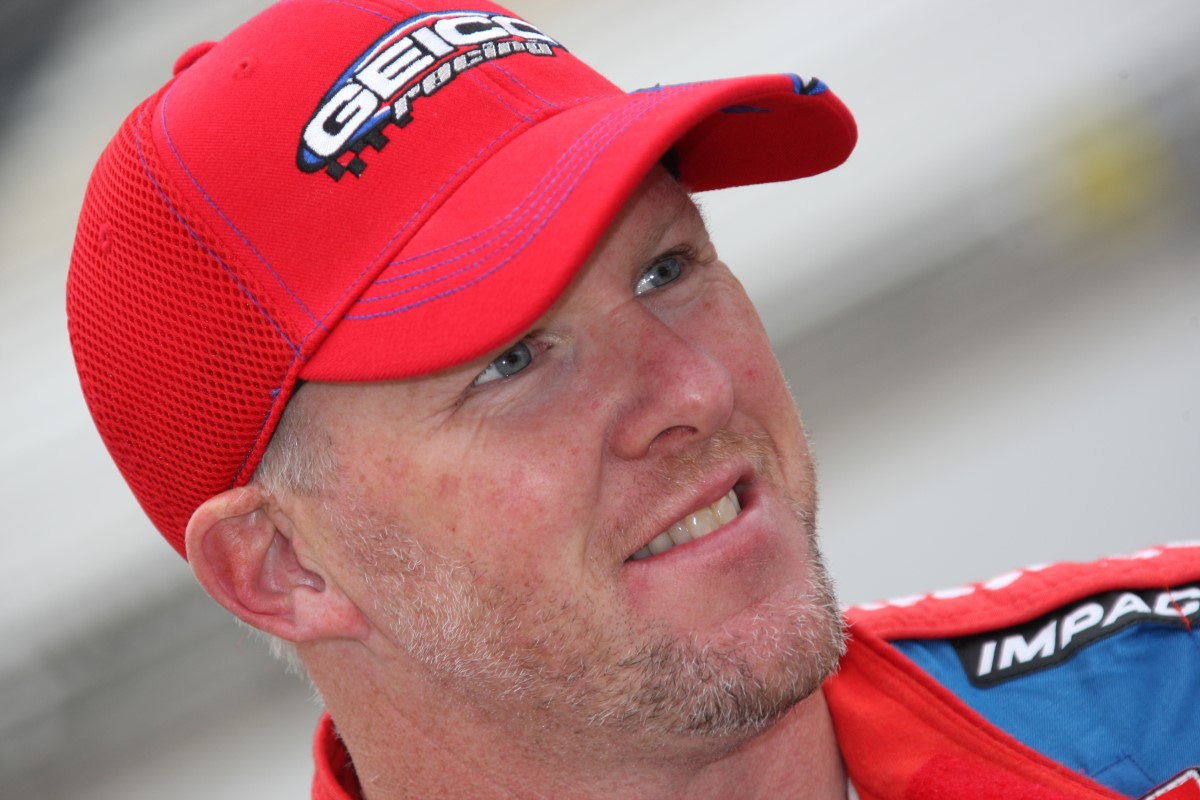Paul Tracy to also call it quits, no more being an IndyCar Sacrificial Lamb
 |
| Paul Tracy |
[Editor's Note: To be clear, in the following article Paul Tracy did not say he was a Sacrificial Lamb because of IndyCar's desire to mimic NASCAR's 'pack' racing. AR1.com has called IRL/IndyCar drivers Sacrificial Lambs for years and if you read our article on the home page you will understand why. The poor drivers are subjected to unnecessary risk because someone in IndyCar thinks 'pack' racing is exciting. The death and bodily injury on oval tracks is unconscionable – we present the cold hard facts on drivers who have sacrificed their bodies and sometimes their life to satisfy a few thousand fans that turned out for these gladiator matches over the years.]
The tragic death of Dan Wheldon at the IZOD IndyCar Series championship race at Las Vegas Motor Speedway on Sunday has Canada’s Paul Tracy re-thinking his plans for a farewell tour next season.
Tracy, in an interview with QMI on Saturday in Las Vegas, said he was very close to a deal that would see him wave goodbye to big league open wheel racing with a final season of racing in 2012.
In fact Tracy had discussions with three IndyCar teams and several big time sponsors — including Honda Canada — before the race on Sunday at LVMS.
But after being involved in the horrific crash that took the life of the 33-year-old Wheldon, Tracy is seriously considering retiring right now.
In a television interview with American news channel CNN from his Phoenix home Tracy said he has talked things over with his wife Patti and she is urging him to quit now.
“I have had a long career, I’ve been racing 20 years now in Indy cars, and my wife said to me last night, ‘you have enough trophies and have enough money, do we need to do this any more?’" he said. “After seeing one of your friends die and knowing the family, that is the question mark I have to answer for myself."
Before he goes, however, Tracy said he wants IndyCar bosses to ratchet up safety standards in both the car itself and the tracks they race on.
His chief concern, he said, is the catch fences that surround all race tracks. But Tracy refused to blame LVMS for Wheldon’s death.
“It is a world class facility, and it is no different to any other racing track around the world," he said. “But what has really stayed the same is the catch fencing along the walls. That has stayed the same over the past 100 years."
Another factor Tracy believes played a part in the disaster is IndyCar’s insistence that the cars race in packs at tracks like Las Vegas.
“They spec the cars to where they want the cars to run a bit more in the pack like NASCAR, and these cars are not designed to run and bang wheels with each other at 220 m.p.h.," he said. “Our wheels are exposed, NASCAR are closed body cars like street cars … once you have two (IndyCars) touch each other, you don’t have any control of what can happen."
He said there is still time for IndyCar to make further improvements to the new Dallara chassis that IndyCar will introduce next season.
“We have a new car coming in 2012 which we hope will stop cars from interlocking wheels," Tracy said. “They have closed in the wheels and built bodywork around the wheels."
He said the fact people are talking about all of these issues is important.
Tracy pointed to all of the innovations — from the HANS device to SAFER barriers at tracks — that came as a result of, first, Greg Moore’s death at California Speedway in 1999, and then Dale Earnhardt’s death two years later at Daytona International Speedway.
“There has been so much improvement done with the SAFER walls, and head and neck restraint systems," he said.
In the end, however, Tracy said, it was being an eye witness to Sunday’s deadly mayhem that could sway his decision to call it quits.
“I have been there, seen it all, done it all, (but) what I saw on Sunday … is the first time I’ve seen that first hand in my career and it’s not the sort of thing I want to see again." Calgary Sun
